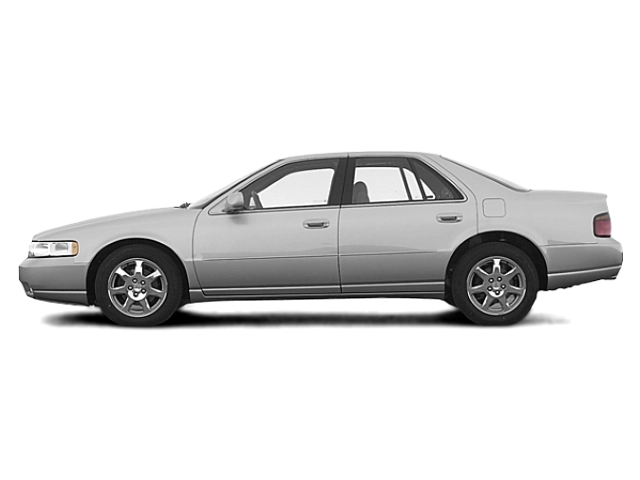2000 Cadillac Seville Owner's Manual

Table of Contents
2000 Cadillac Seville Overview
Introduction
The 2000 Cadillac Seville is a remarkable blend of luxury, performance, and cutting-edge technology that defines the essence of American sedans. As a flagship model for Cadillac, the Seville showcases a timeless design and an inviting interior that appeals to drivers who appreciate both comfort and elegance. With its bold presence and refinement, this vehicle encapsulates the prestige synonymous with the Cadillac brand.
Powertrains
The 2000 Cadillac Seville offers two impressive powertrain options designed to cater to various driving preferences. The standard configuration comes with a powerful 4.6-liter Northstar V8 engine, producing an exhilarating 300 horsepower. For those who desire enhanced performance, an optional supercharged version of the Northstar V8 delivers a staggering 440 lb-ft of torque, ensuring a remarkable driving experience. Both engines are coupled with a smooth-shifting 4-speed automatic transmission, providing seamless transitions for an effortless ride.
Trims
This model presents an array of trims to suit diverse tastes and needs, including the luxury-oriented Seville SLS and the sportier Seville STS. The SLS places an emphasis on comfort, while the STS is designed for performance enthusiasts, boasting additional handling features and a more aggressive stance. Each trim balances luxury and sportiness, offering various interior options and customizations to enhance driver satisfaction.
Features
The 2000 Cadillac Seville is equipped with an impressive range of standard and optional features, including leather upholstery, heated front seats, a premium sound system, and an advanced climate control system. Safety features such as anti-lock brakes, traction control, and front and rear crumple zones ensure peace of mind for drivers and passengers alike. The Seville also boasts available navigation systems, making it a tech-savvy choice for the era.
Owner's Manual
The owner's manual for the 2000 Cadillac Seville serves as a comprehensive guide for maintaining and operating this luxury sedan. It provides essential information on vehicle features, maintenance schedules, troubleshooting tips, and safety guidelines. Designed to enhance the ownership experience, the manual lays the groundwork for long-lasting enjoyment of this iconic vehicle.
User manual download
The Cadillac Seville owner manual for the 2000 model year is to be found in PDF downloadable format on this page. The owner manual for the model year 2000 is free and in English, but the repair manuals are usually not easy to get and may cost more.
Manual Questions
Fill the form below and someone will help you!

